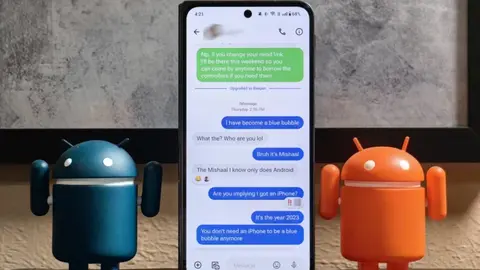Beeper, a platform aiming to unify messaging across various services, continues to face challenges in its efforts to bring iMessage functionality to Android users through its Beeper Mini and Beeper Cloud services. Apple, the custodian of iMessage, has consistently blocked Beeper’s attempts. To bypass its restrictions on the platform’s use outside its ecosystem.
Beeper’s Fight Against Apple’s iMessage Blockade
Previously, Beeper circumvented Apple’s limitations by removing phone number support from Beeper Mini and allowing users to sign in with Apple IDs. However, Apple appears to have adapted its defense strategies. As Beeper reported late last evening that a portion of Beeper Mini users were experiencing disruptions in receiving iMessages.
Beeper suspects deliberate interference by Apple, affecting roughly 5% of Beeper Mini users. While acknowledging the inconvenience, the platform assured users that a temporary solution exists: uninstalling and reinstalling the app. A more permanent fix is also under development, with Beeper promising further updates soon.
Beeper Cloud users facing similar issues are encouraged to contact the platform’s help center for individual assistance.
However, the long-term sustainability of Beeper’s efforts remains uncertain. Apple holds the ultimate authority over its proprietary messaging service. And its recent actions demonstrate a clear intent to maintain that control. Beeper’s workaround, while ingenious, may not be a permanent solution.
The situation highlights the ongoing tension between open platforms and closed ecosystems within the messaging landscape. While Beeper’s goal of unified communication across devices is commendable, it faces significant hurdles in the form of proprietary technologies and restrictive policies.
Therefore, the saga between Beeper and Apple appears far from over. Until a formal agreement or a more robust technical solution emerges, Beeper users may need to brace themselves for potential disruptions in their iMessage experience. The future of cross-platform messaging, it seems, hinges on a complex interplay between innovation, user demand, and the willingness of technology giants to cooperate.
